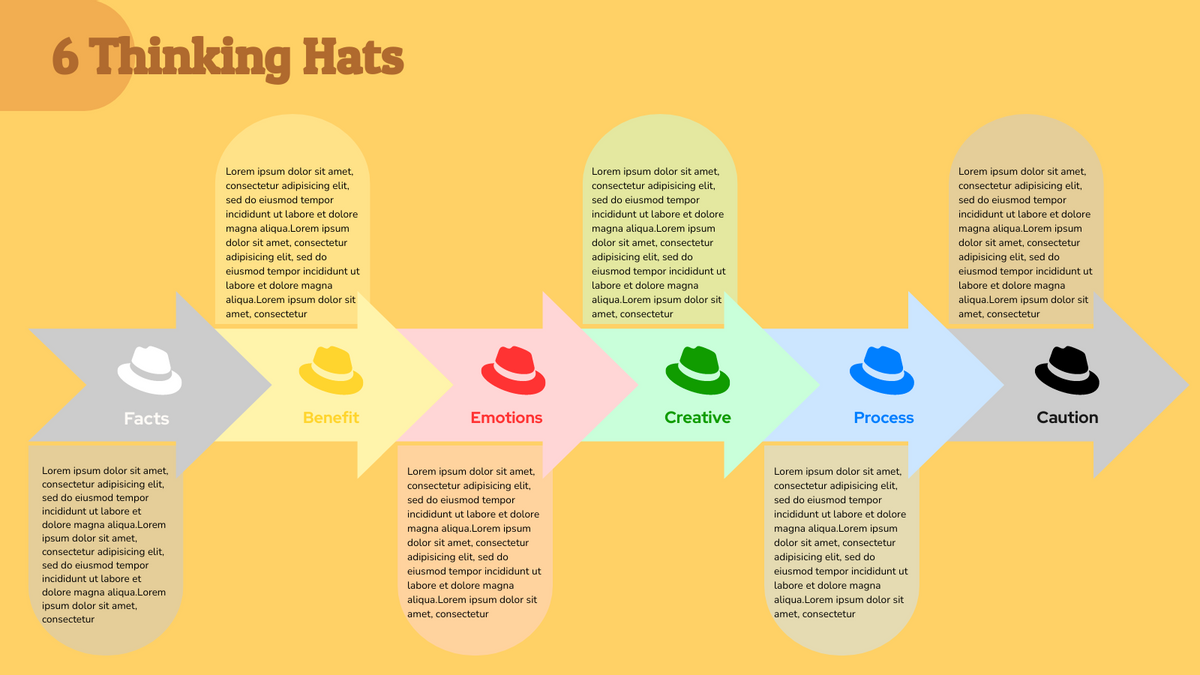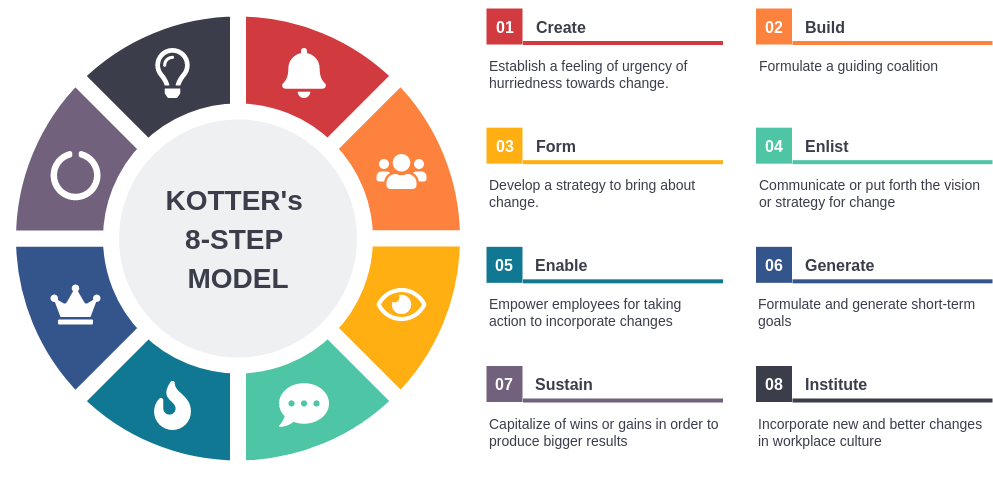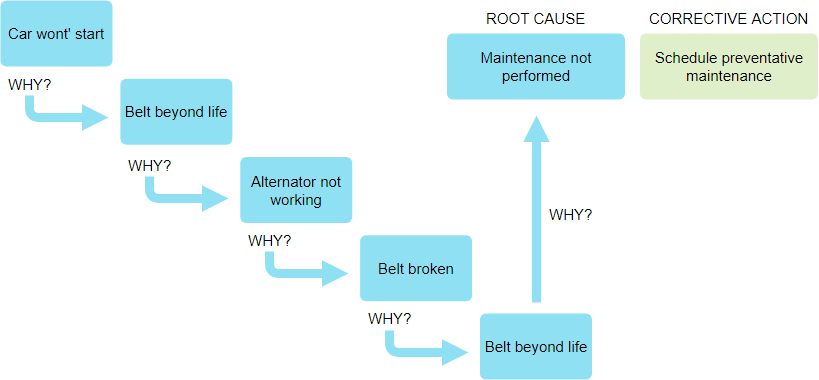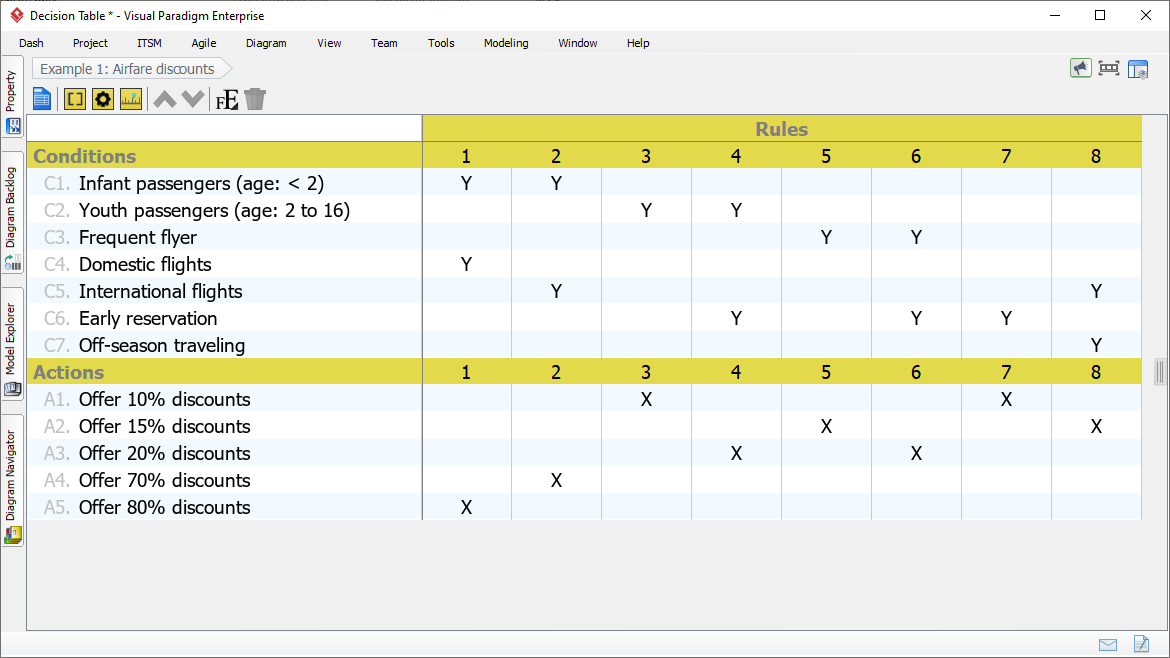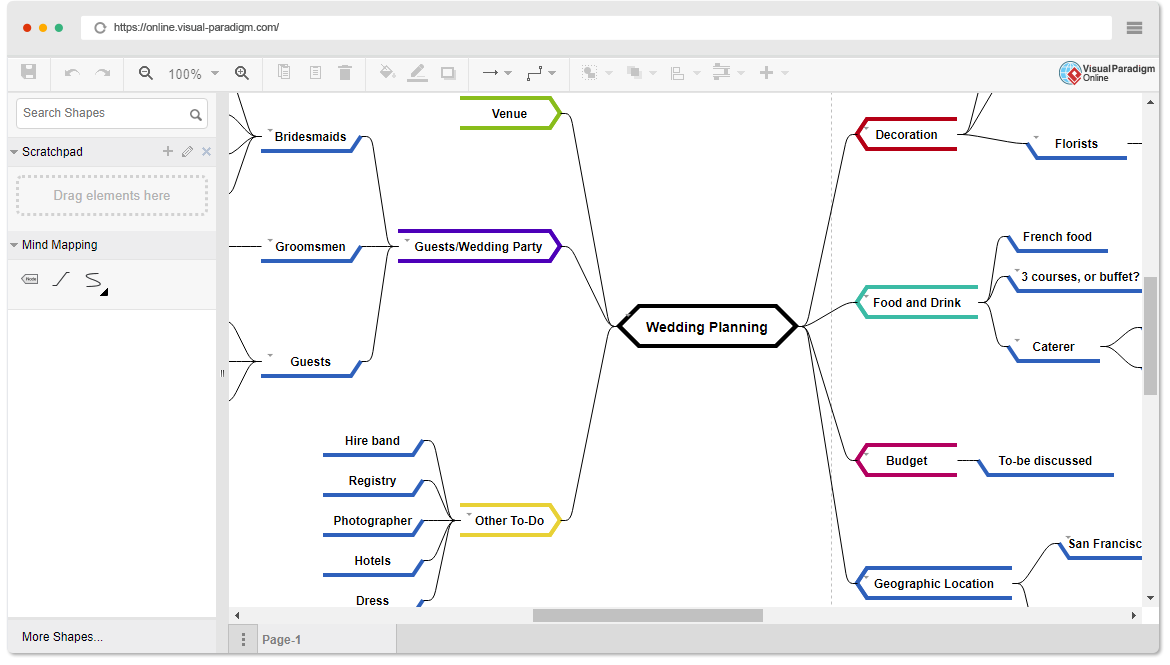The six thinking hats technique, proposed Edward de Bono in 1999, encourages a group to approach the issue at hand from a number of different perspectives. This forces the team to move outside their habitual thinking style, and helps them to get a more rounded view of a situation. It is an important and powerful technique to debate an issue, solve a problem or to arrive at an important decision.
Continue reading